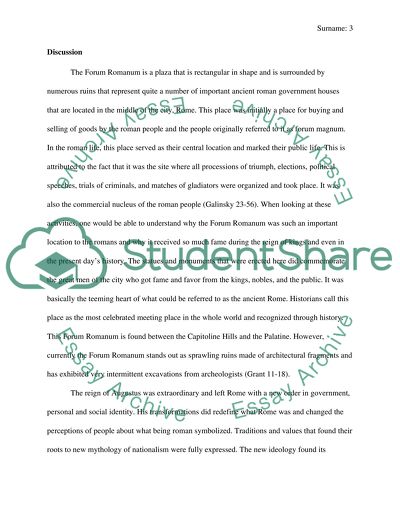Cite this document
(“The Augustan Transformation of the Forum Romanum Essay”, n.d.)
The Augustan Transformation of the Forum Romanum Essay. Retrieved from https://studentshare.org/history/1438082-the-augustan-transformation-of-the-forum-romanum
The Augustan Transformation of the Forum Romanum Essay. Retrieved from https://studentshare.org/history/1438082-the-augustan-transformation-of-the-forum-romanum
(The Augustan Transformation of the Forum Romanum Essay)
The Augustan Transformation of the Forum Romanum Essay. https://studentshare.org/history/1438082-the-augustan-transformation-of-the-forum-romanum.
The Augustan Transformation of the Forum Romanum Essay. https://studentshare.org/history/1438082-the-augustan-transformation-of-the-forum-romanum.
“The Augustan Transformation of the Forum Romanum Essay”, n.d. https://studentshare.org/history/1438082-the-augustan-transformation-of-the-forum-romanum.


